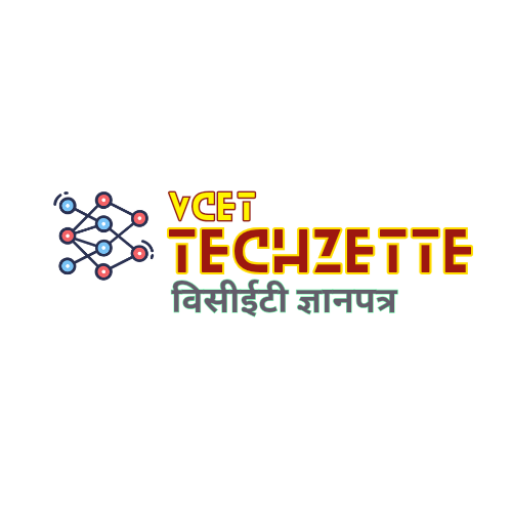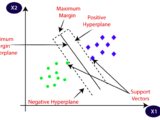
Practical Examples of Machine Learning in Daily Life
May 4, 2024Machine learning is a drastic change in the way computers interact with data and make decisions. It falls within the larger category of artificial intelligence. Basically, machine learning uses statistical models and algorithms to enable computers to evaluate large volumes of data, spot complex patterns, and extract useful insights without needing to be explicitly programmed for each situation. By departing from traditional programming approaches, which rely on explicit instructions to control a computer’s behaviour, machine learning systems are able to adjust and develop in response to the data they come across.
In the field of machine learning, different approaches have different functions. Through the use of labelled data and predetermined replies, supervised learning enables algorithms to learn correlations between inputs and outputs. Conversely, unsupervised learning investigates data without explicit labels in an effort to find underlying correlations or structures in the data. With the help of trial and error and feedback in the form of rewards or penalties, algorithms can learn optimal behaviours through reinforcement learning, which presents an interactive learning paradigm.
Machine learning is unique in that it can be improved upon continuously. Machine learning algorithms improve their comprehension of the data, hone their forecasting powers, and streamline their decision-making procedures through iterative learning experiences. Because of their adaptability, they can continue to function well in changing situations by making adjustments on their own to new data streams or changing conditions.
The ultimate goal of machine learning is to reduce the need for human supervision by enabling computers to learn from data on their own and do jobs more accurately and efficiently. Machine learning techniques are transforming various industries, including healthcare, banking, transportation, and more, as they continue to progress. Machine learning opens the door to more intelligent and responsive systems that improve productivity, creativity, and decision-making in all spheres of society by enabling computers to learn from data on their own.

Let’s look at some real-world applications of machine learning in this post that have adapted easily to our daily lives.

- Personalized Content Recommendations: Content recommendation systems are among the most well-known uses of machine learning. Sophisticated algorithms are used by platforms like Netflix, Spotify, and YouTube to examine user behaviour and preferences in order to make personalized movie, music, and video recommendations. These systems use methods like content-based filtering and collaborative filtering to continuously improve suggestions and user experience.
- Voice recognition and virtual assistants: Machine learning is used by virtual assistants such as Google Assistant, Apple’s Siri, and Amazon’s Alexa to comprehend and reply to natural language inquiries. These assistants use deep learning models and recurrent neural networks (RNNs) to recognize speech patterns, understand requests, and carry out a variety of functions, including as managing smart home devices and reminding users to do tasks. Through continual learning, they adjust and enhance their replies as they engage with consumers over time.
- Predictive text and auto-completion: Predictive text and auto-completion functions on computers and smartphones are another common use case for machine learning. These algorithms anticipate the next word or phrase by examining users’ typing habits, vocabulary, and context. This results in quicker and more effective typing. Users can communicate more effectively by using these predictive models when writing emails, texts, or social media postings.
- Predictive text and auto-completion: Predictive text and auto-completion functions on computers and smartphones are another common use case for machine learning. These algorithms anticipate the next word or phrase by examining users’ typing habits, vocabulary, and context. This results in quicker and more effective typing. Users can communicate more effectively by using these predictive models when writing emails, texts, or social media postings.
- Medical Diagnostics and Image Analysis: Machine learning is transforming medical diagnostics and image analysis in the healthcare industry. In order to help radiologists diagnose illnesses like cancer, pneumonia, and fractures, sophisticated algorithms can evaluate medical pictures like X-rays, MRIs, and CT scans. Better patient outcomes and early detection can result from machine learning models’ ability to recognize minute patterns and anomalies that human observers might miss. These models are trained on large datasets.
- Smart Home Automation: As more and more smart home appliances get sensors and actuators installed, machine learning has more potential to optimize energy use, boost security, and increase comfort. Utilizing machine learning, smart thermostats such as Nest analyse customers’ preferred temperatures to determine how to reduce energy use without compromising comfort. In a similar vein, intelligent security cameras are able to discriminate between benign occurrences and possible dangers, only raising an alarm when required.
In conclusion, machine learning has impacted many facets of our daily lives by improving ease, efficiency, and safety while providing workable answers to common problems. The uses of machine learning are growing, ranging from home automation and personalized suggestions to medical diagnostics. This suggests that intelligent algorithms will one day be effortlessly integrated into our daily lives, simplifying and improving our quality of life. We may anticipate even more cutting-edge uses of technology in the future that will enhance our everyday lives even more.


